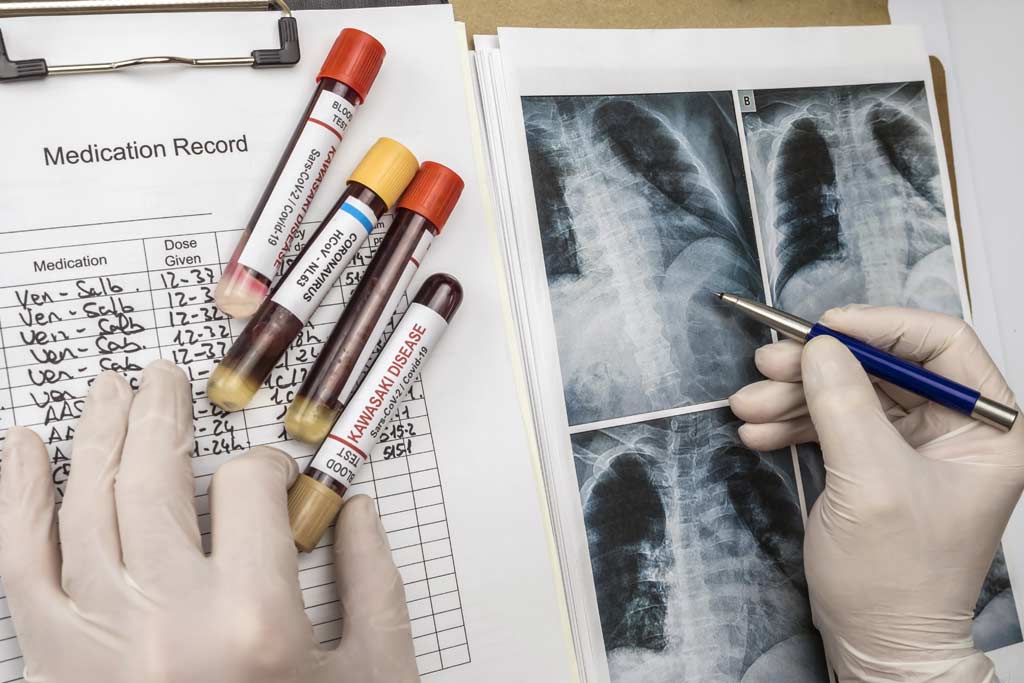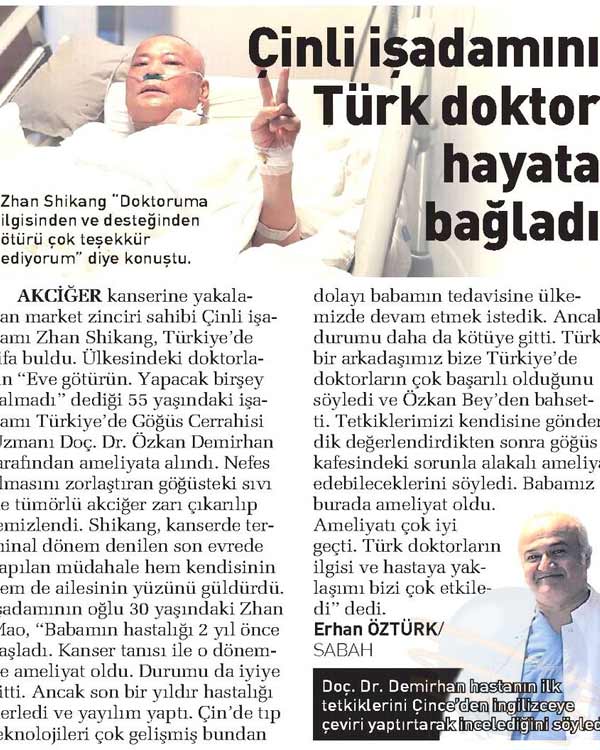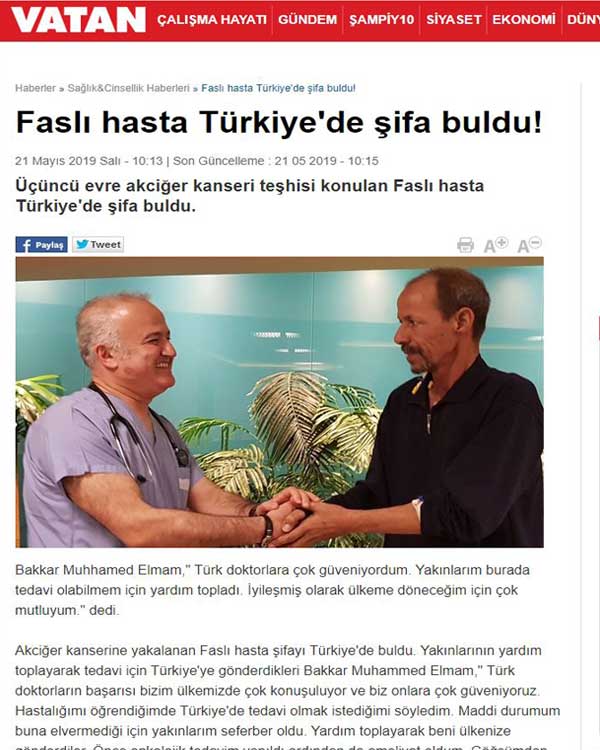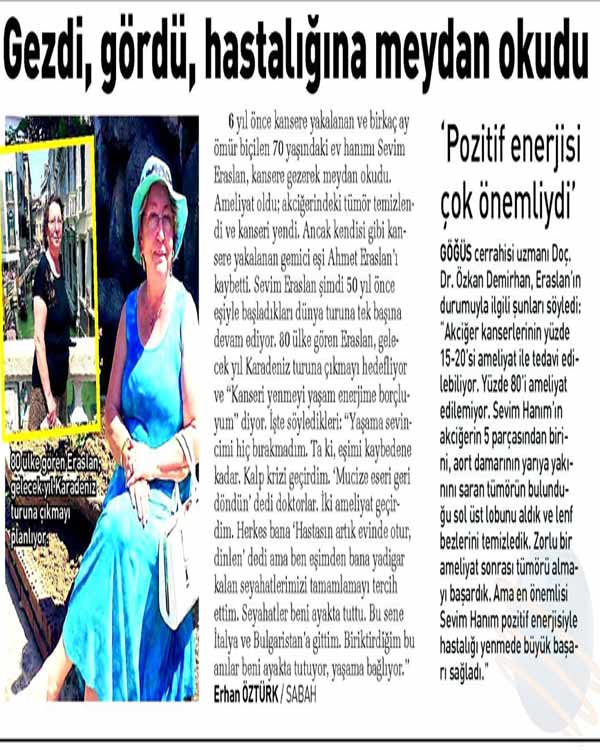
Lung Cancer Treatment
Lung cancer should be treated using a multidisciplinary approach. The treatment process is coordinated by a team of thoracic surgeons, radiation oncologists, oncologists and radiologists as well as a thoracic surgeon. The treatment alternative for lung cancer is primarily surgery. Other treatment options include radiation therapy and chemotherapy. These are the methods used in cases where surgery is not possible, that is, in cases of advanced lung cancer
Symptoms such as cough, sputum secretion, change in the nature of the cough, change in the nature of the sputum, blood in sputum, bad-smell of the sputum, and chest pain may indicate lung cancer. Patients who have these symptoms should be examined.
Those who have a family history of lung cancer should definitely see the doctor without waiting for the check-up period or any other symptoms to show up. In some cases, I recommend that a bronchoscopy check-up be performed as well.
What is the percentage of patients who need surgery in the treatment of lung cancer?
After determining the cell type of the tumor, it is necessary to take PET CT and MRI for the brain; if necessary, MRI for the bones, abdomen and/or other parts of the body may be required as well. If the patient’s condition is suitable for surgery, then the surgery option should be evaluated and decided; if the patient’s condition is not suitable for surgery, then other treatment options should commence as soon as possible.
It is very important that the patient does not waste any time in this process. Initiation of the treatment within 15-20 days at the latest is extremely important for the patient’s quality of life as well as the success of the treatment. The treatment plan for lung cancer should be made in a multidisciplinary method.
Lung cancer is always a private sensitive personal issue. Surgical treatment and post-surgical oncological treatments are also personal. Although these treatments may seem standard, some individual factors must be included as well.
These factors are as follows:
The stage of lung cancer, the cell type of the cancer (the surgical treatment of small cell lung cancer is very, very limited), the state of molecular genetic tests, the performance of the person (the person’s diet and life conditions, the person’s psychology).
In recent years, minimally invasive techniques (small incision surgery) are preferred in thoracic surgery as is the case in all surgery divisions. These include: Video Thoracoscopy (VATS) and Robotic Thoracic Surgeries (RATS). However; what you need to know here is that for a cancer treatment to be fully successful, cancer must be totally removed from the roots, regardless of how it is done and/or treated.
The biggest advantage of minimally invasive surgeries is minimizing complications. On the other hand, the patient will feel less pain after the operation and the hospital stay will be shortened. Even if oncological treatment is required, the response of these patients to this treatment will be more successful.
Basın



